ZA 4354
It has a built-in "Send / Receive"-switch.
This key was issued with wireless sets 18 en 68.
In this particular unit, the Send / Receive switch is not used. The cable is modified with a standard PL-55 plug, the wires coming from the switch are disconnected. Thus modified, it can be used with a WS19.
Well, I know that, now. It is for storage of an antenna wire adapter used with the WS18. This adapter goes in the antenna mount, at the side of the WS18 an facilitates the mounting of a wire antenna.
Note that the entire key is made of Bakelite, all others on this page are made of steel.
Made by WESTCLOX. This key is found in the "case spare parts no. 5 C" as supplied with the WS 19. It was also supplied with WS 52.
The plug is marked "PL-55".
The canvas straps are different in size: the biggest strap fits the bigger part of the thigh. One has to think of everything!
I don't know yet to which radio this one belongs.
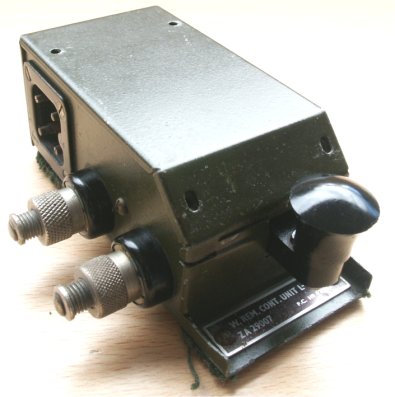
P.C. no. 92181
This device I picked up on a flee market. I paid a non-flee market price, however.
It belong to the WS 62, which I am restoring. In fact, to the WS62 it is a "Remote Control" unit.
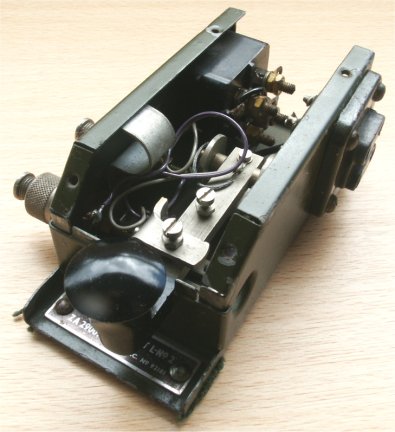
In time this will be restored to original.
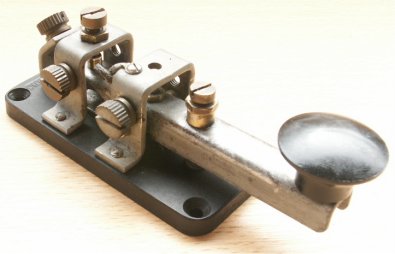
This one was completely jammed by corrosion. I took it apart, cleaned and reassembled it. It works well, again.
Using this key on the Wireless Remote Control Unit no. 1 (CANADIAN) could result in a high voltage strike, when connected to the WS 19. The metal parts carry high voltage when transmitting CW. Later models were fitted with a insulating cover.
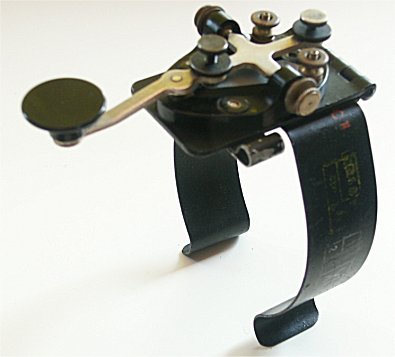
It was used with AN-GRC9 (Angry-Nine) and many other sets.
The key itself is typed J-37, a very common type, but mounted on a spring steel leg clamp it is designated J-45. The original cable is missing.
This key is used, clamped on the knee. Many operators complained about the blood circulation in the leg being cut off. After 30 - 45 minute in use, one gladly takes it of the leg.
Kindly donated to the collection by Marcel Goedraad.
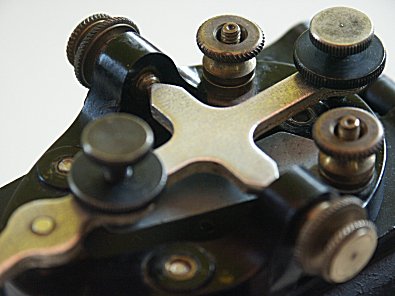
All parameters are adjustable to the operators wishes: pressure of the bearings, spring pressure and contact gap.
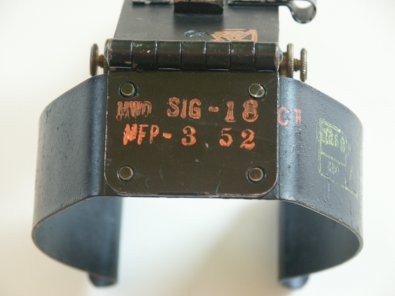
"For Sale: My old brass key with which I once obtained my diploma radio operator/telegrapher. The key was named SEINSLEUTEL INSTRUKTIE J-44395805-17-039-4197 VR 2200.8872.11. Unfortunately the identifying plate has gone. It comes from the Simon Stevin Barracks at Ede. Then, 1975, this key had already been mistreated for decades."
Thanks, Chris. I won't tell anyone.
Its a very solid key that will last for at least another century.
This key's housing is made from Bakelite and its design is water and spark-proof. So it was used in environments where sparks could cause explosions, as on board of planes. It was used on most wartime planes.